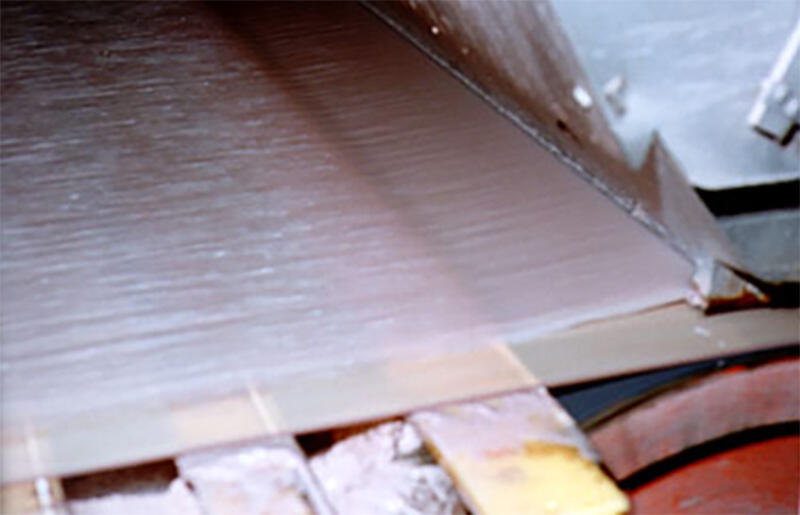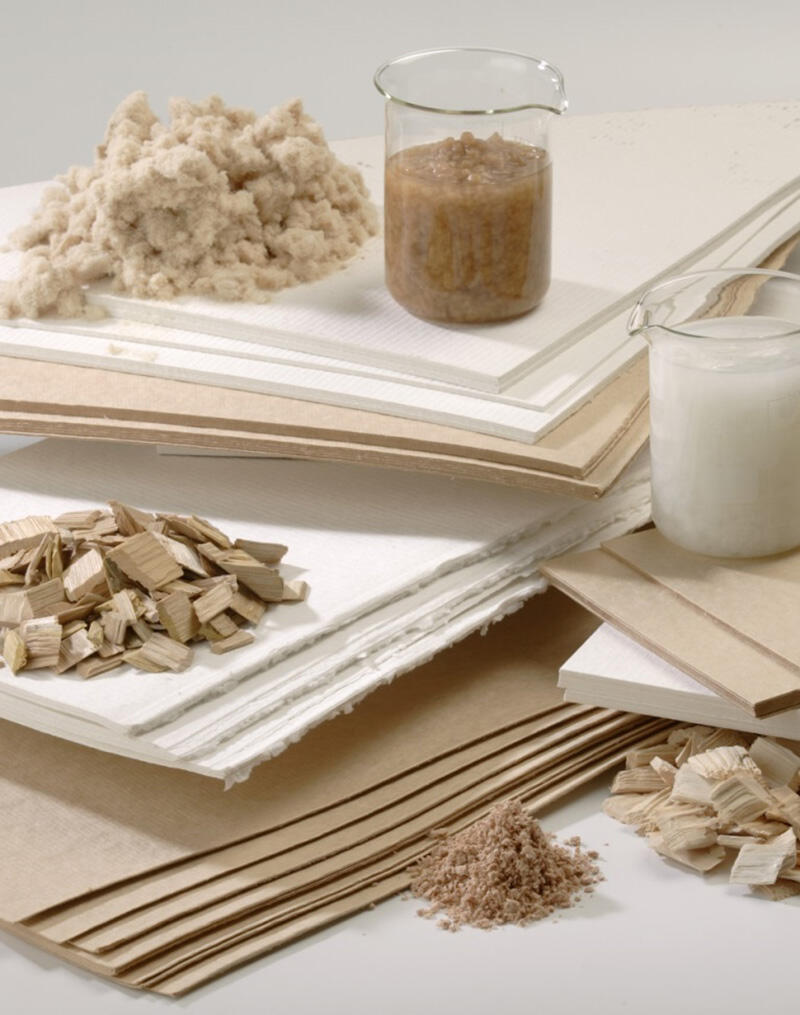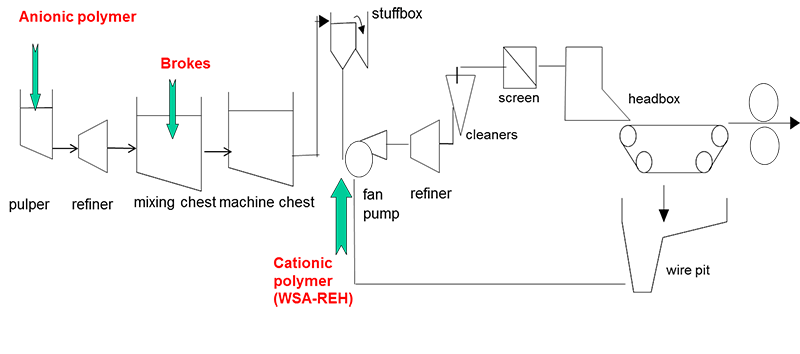
Study of wet-end chemistry
Optimise the performance and cost of additives in the wet end of a paper machine
- Complete study of the wet-end chemistry of a paper machine
- Action plan to optimise additive introduction points and doses
- Reduction of additive costs, improvement of quality, reduction of deposits
Generate Value...
Closing the water circuit reduces the performance of wet-end chemicals. Paper makers often increase their doses or modify their formulation to handle this major problem. Optimising wet-end chemistry is becoming crucial in order to reduce costs and production losses.
The CTP has long experience in the area of wet-end chemistry and chemical interactions. For more than 20 years, via research projects and studies carried out in this field, it has gained a deeper understanding of the theoretical and practical aspects of real issues such as poor retention, product quality optimisation and deposit formation.

Retention and formation are closely connected with the efficiency of chemicals introduced in the wet end
Context and performance
Wet-end chemistry is becoming more and more complex. Paper makers are faced with growing problems of deposition and lower quality. Scrupulous monitoring of the wet end of a paper machine is essential in order to:
- maintain a high level of machinability by means of appropriate drainage and retention;
- maximise the efficiency of the various additives that confer specific properties to the paper (gluing, wet strength, dry strength, etc.);
- avoid the formation of secondary stickies and deposits.
The CTP offers a comprehensive wet-end field study. The study is adapted to suit your needs (quality improvement, reduction of deposits or of the quantity of additives, etc.) and involves conducting a complete analysis of additive introduction points and doses with your mill. A plan will then be drawn up and all the necessary sampling analyses performed in the field. A series of measurements is performed to quantify the capacity of the fibres and fines to fix the additives using known analysis techniques (ion demand, zeta potential, COD) and more specific, particularly effective methods.

Complex synergy between pulp, paper, dissolved and colloidal contamination and wet-end additives
Content of services
The services may include:
- A study of the wet-end chemistry of the paper machine, together with additive introduction points and doses;
- An evaluation of the risk of interaction between additives, leading to the formation of deposits or performance problems;
- A study of possible changes to the additive introduction points and doses.
- If necessary, the CTP may propose changes to the type of chemicals used.

Example of a study of wet-end chemistry in a paper machine
Delivrables
The final report will include:
- Recommendations concerning the best additive introduction points and doses;
- Ways of reducing the cost of additives, while maintaining or improving product quality;
- Suggestions concerning monitoring of the paper machine;
- Recommendations concerning the choice of wet-end additives.